Effective Marketing Automation Strategies for 2025
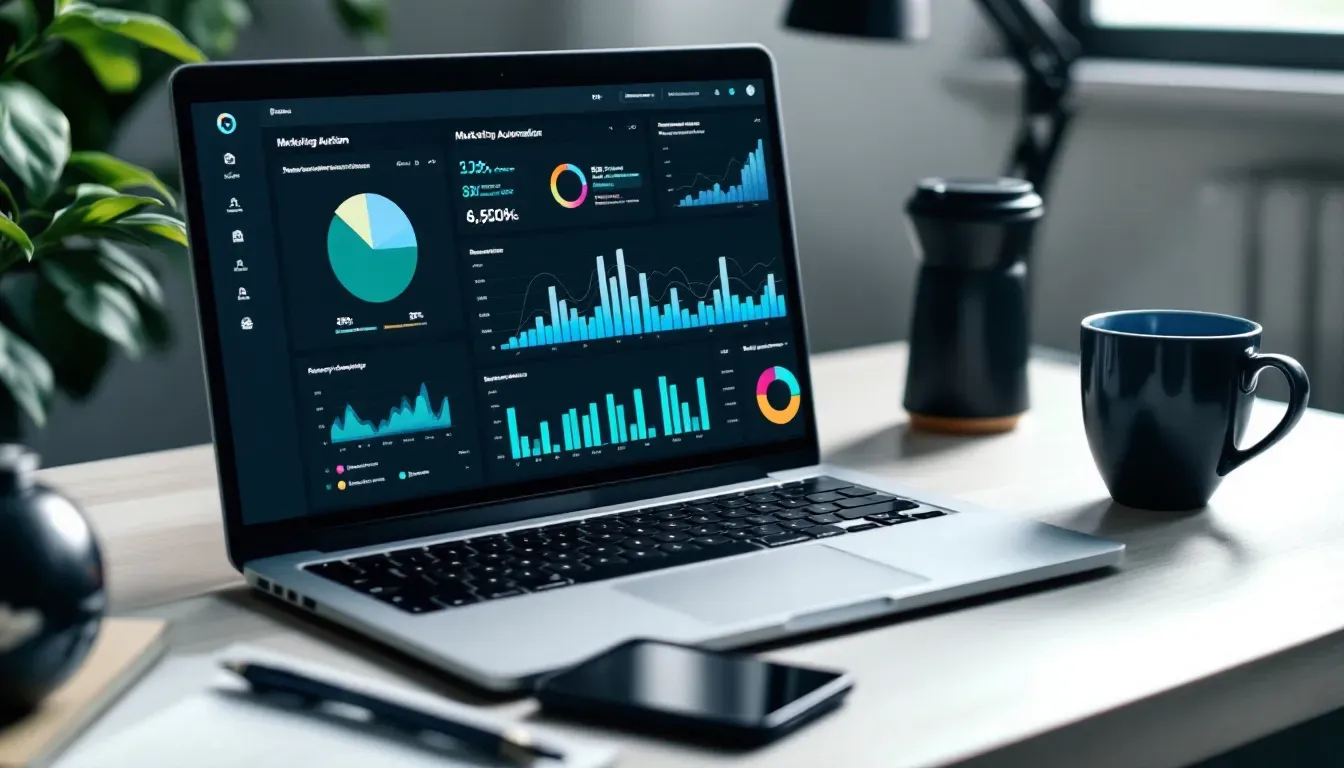
Marketing automation strategies are evolving rapidly, and businesses need to stay ahead of the curve to remain competitive. At Drop Cowboy, we’ve seen firsthand how these strategies can transform customer engagement and drive growth.
As we look towards 2025, three key areas are shaping the future of marketing automation: personalization at scale, omnichannel integration, and AI-driven customer engagement. In this post, we’ll explore these strategies and provide actionable insights for businesses ready to embrace the future of marketing.
How to Personalize Marketing at Scale
Personalization at scale has become essential for businesses aiming to stay competitive in 2025. Companies that deliver highly personalized experiences consistently across all touchpoints will thrive in the coming years.
AI-Powered Content Creation
Artificial Intelligence revolutionizes content creation. AI analyzes vast amounts of customer data to generate hyper-personalized content that resonates with individual preferences. A Salesforce study found that 80% of customers are more likely to purchase from a brand that provides personalized experiences.
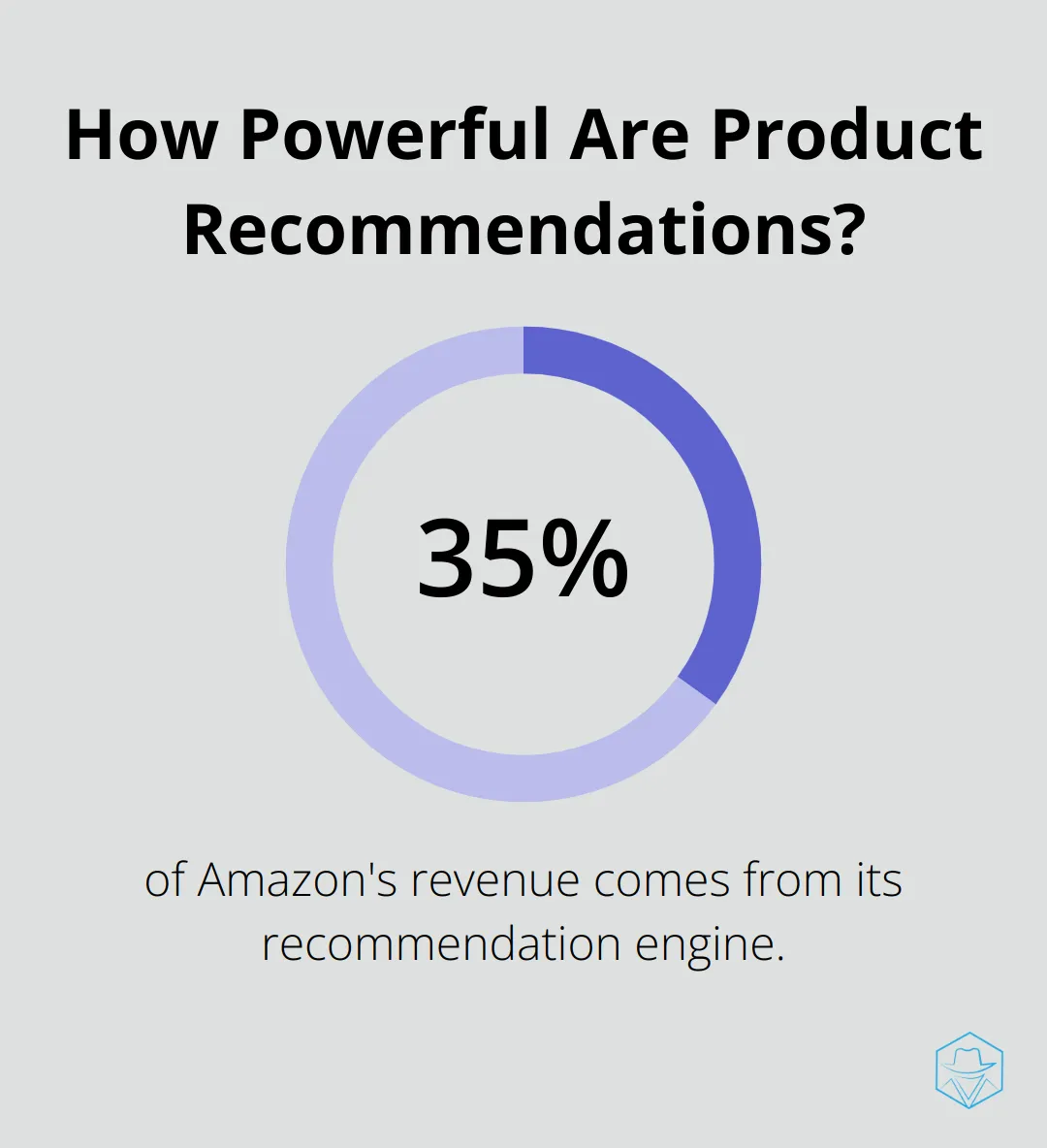
We recommend using AI-powered tools to create tailored email subject lines, product recommendations, and even entire articles. These tools analyze past customer interactions, purchase history, and browsing behavior to craft messages that feel uniquely relevant to each recipient.
Dynamic Content Across Channels
Implementing dynamic content across multiple channels maintains consistency while personalizing the customer experience. This approach adapts your message in real-time based on user behavior, preferences, and context.
For example, you can use geolocation data to display relevant local offers on your website, or adjust email content based on the recipient’s past interactions with your brand. An Epsilon report states that 80% of consumers are more likely to make a purchase when brands offer personalized experiences.
Predictive Analytics for Customer Needs
Predictive analytics takes personalization to the next level by anticipating customer needs before they arise. Analyzing historical data and identifying patterns allows businesses to proactively offer solutions and products that customers are likely to need.
A practical application of this strategy exists in e-commerce, where predictive analytics can suggest products based on a customer’s browsing history, past purchases, and similar customers’ behavior. Amazon reports that 35% of its revenue comes from its recommendation engine, showcasing the power of predictive personalization.
To implement these strategies effectively, businesses need robust tools that can handle large-scale data processing and personalization. Many options are available in the market (including Drop Cowboy’s platform, which excels in personalized communication through Mimic AI™ technology and Smart Delivery™ system).
As we transition to the next chapter on omnichannel integration, it’s important to note that personalization at scale sets the foundation for creating seamless customer experiences across various touchpoints. The ability to deliver tailored content consistently will play a significant role in how businesses approach their omnichannel strategies in 2025 and beyond.
How Businesses Create Seamless Customer Experiences
In 2025, seamless customer experiences across multiple channels are no longer optional-they’re essential. Companies that master omnichannel integration significantly outperform their competitors. Let’s explore how you can achieve this in your organization.
Unify Customer Data
The foundation of seamless customer experiences lies in unified data. A Salesforce study reveals that companies with integrated customer data see a 23% increase in revenue. To achieve this, businesses must implement a robust Customer Data Platform (CDP) that collects and centralizes information from all touchpoints.
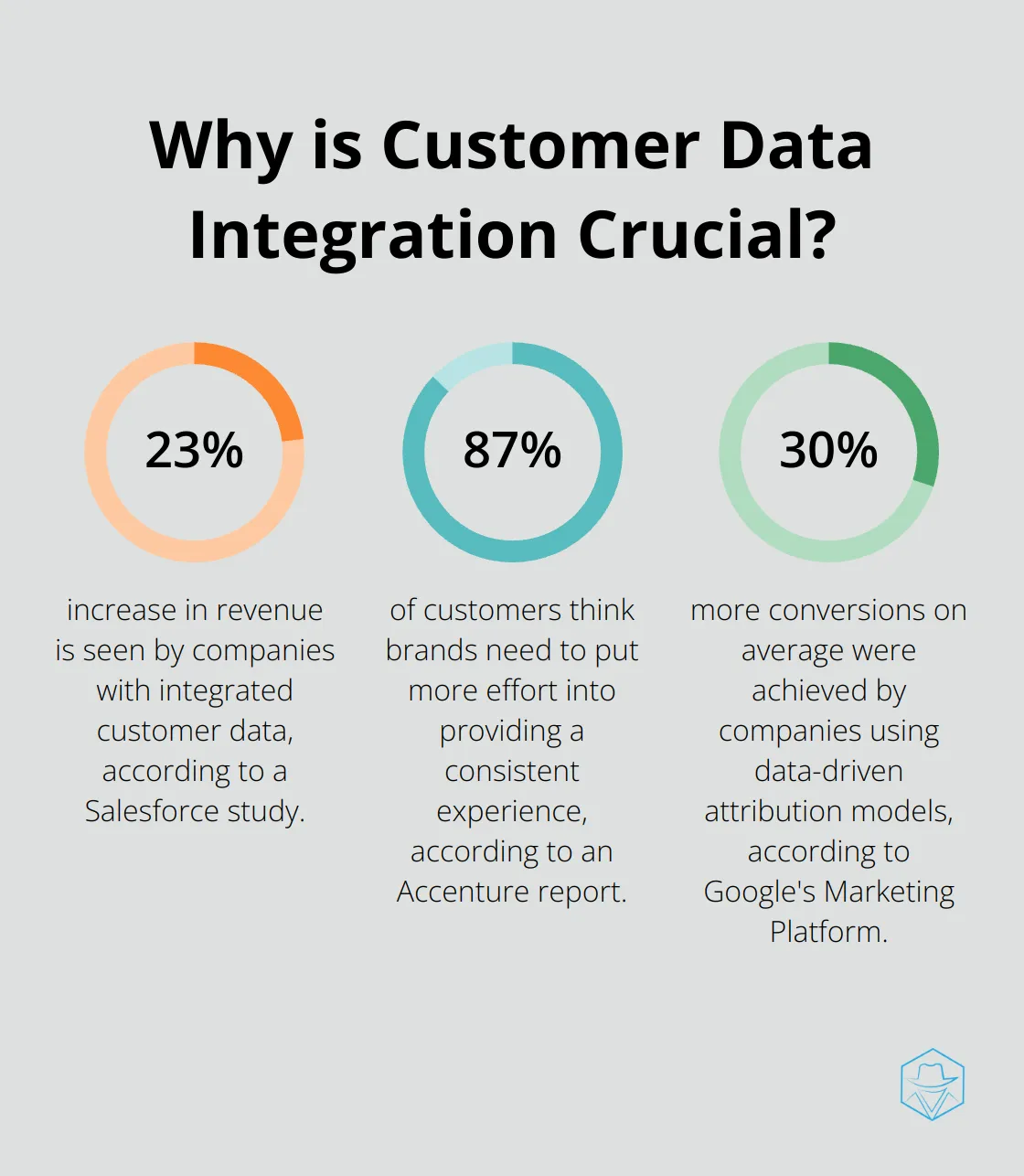
When a customer interacts with your brand on social media, browses your website, and then calls your support team, all these interactions should populate a single customer profile. This allows for a consistent and personalized experience, regardless of the channel.
Maintain Consistent Messaging Across Platforms
With unified data in place, the next step is to ensure consistent messaging across all platforms. An Accenture report found that 87% of customers think brands need to put more effort into providing a consistent experience.
To achieve this, create a centralized content hub that stores all your brand messaging, guidelines, and assets. This ensures that whether a customer sees an ad on Facebook, receives an email, or chats with a support agent, they receive the same core message and brand experience.
Implement Cross-Channel Attribution
Understanding how different channels contribute to conversions is vital for optimizing your marketing efforts. Cross-channel attribution models help you identify which touchpoints are most effective in driving conversions.
Google’s Marketing Platform found that companies using data-driven attribution models achieved 30% more conversions on average. Advanced attribution models allow you to allocate your marketing budget more effectively and create more impactful customer journeys.
Integrate Voice and Text Communications
Businesses that integrate voice and text communications into their omnichannel strategies often see remarkable results. Platforms that seamlessly blend ringless voicemail and SMS features into broader marketing campaigns (like Drop Cowboy) help create truly unified customer experiences.
As we approach 2025, businesses that create seamless, personalized experiences across all channels will thrive. Unifying your data, maintaining consistent messaging, and implementing sophisticated attribution models will position you to meet and exceed customer expectations in this omnichannel world.
The next frontier in creating seamless customer experiences lies in leveraging automation and AI for customer engagement. These technologies promise to revolutionize how businesses interact with their customers, providing personalized experiences at scale.
How AI Revolutionizes Customer Engagement in 2025
AI-Powered Chatbots Transform Customer Service
AI-powered chatbots revolutionize customer service and sales in 2025. These intelligent assistants handle complex queries, provide personalized recommendations, and complete transactions. A study by Juniper Research predicts chatbots will save businesses $8 billion annually by 2025.
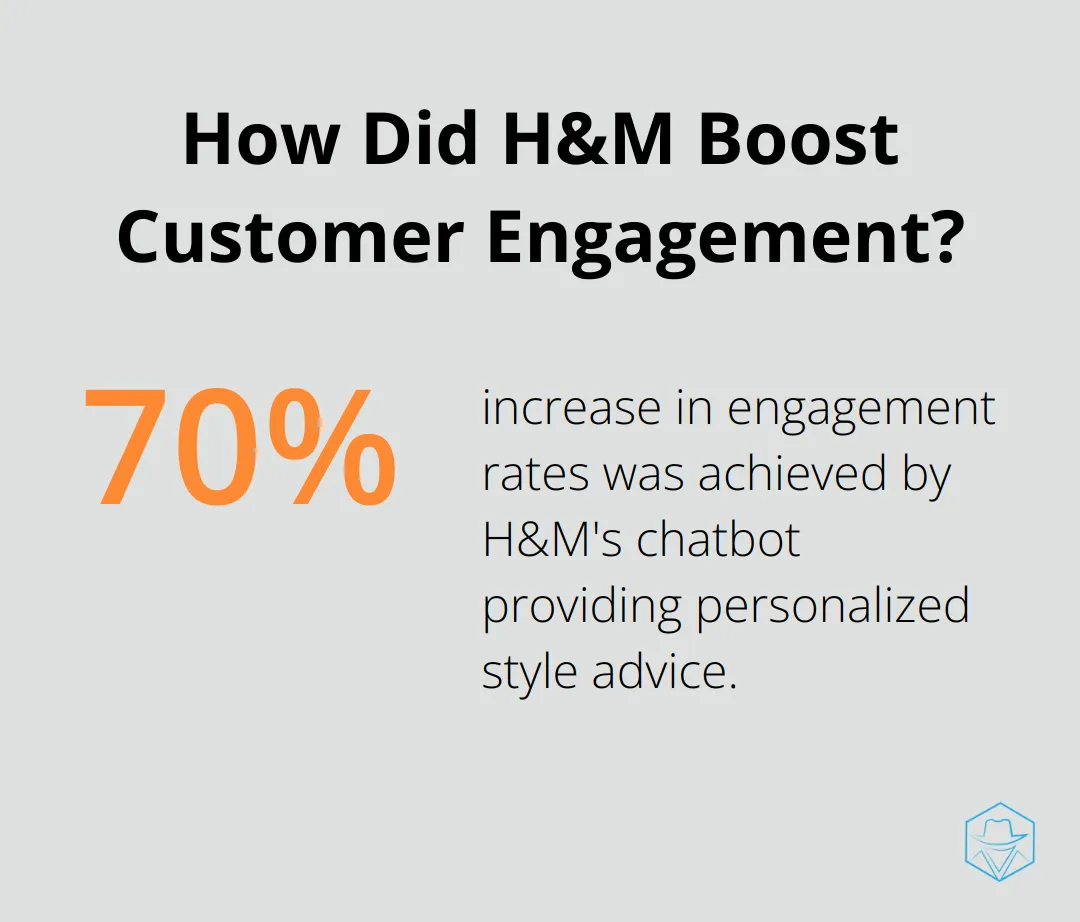
Companies that implement chatbots on their websites and social media platforms significantly reduce response times and improve customer satisfaction. H&M’s chatbot, for example, provides personalized style advice based on customer preferences, which has led to a 70% increase in engagement rates.
Predictive Lead Scoring Focuses on High-Value Prospects
Predictive lead scoring uses AI algorithms to identify the most promising leads, allowing sales teams to focus their efforts where they’re most likely to yield results. A study by Aberdeen Group found that companies using predictive lead scoring saw a 30% increase in deal closures and a 23% increase in organic revenue growth.
To implement predictive lead scoring, companies should:
- Identify the characteristics of their ideal customer
- Use AI tools to analyze customer data
- Assign scores based on these characteristics
This approach allows businesses to prioritize leads more effectively, resulting in higher conversion rates and more efficient use of resources.
AI-Driven Customer Journey Mapping Enhances Personalization
AI transforms customer journey mapping by providing real-time insights and predictive analytics. This technology identifies patterns in customer behavior, predicts future actions, and suggests personalized interventions at critical points in the customer journey.
Netflix uses AI to analyze viewing habits and create personalized content recommendations (resulting in a reported $1 billion annual savings in customer retention). Similarly, some communication platforms use AI to optimize message delivery times, which significantly improves engagement rates for their clients.
Voice Cloning Technology Personalizes Communication
Advanced AI-powered voice cloning technology (such as Drop Cowboy’s Mimic AI™) allows businesses to create personalized voice messages at scale. This technology clones a user’s voice, enabling the creation of customized voicemails that sound authentic and engaging.
Voice cloning technology enhances customer engagement by:
- Creating a more personal connection with customers
- Increasing the likelihood of message retention
- Improving overall campaign effectiveness
Ringless voicemail is one effective method to deliver these personalized messages directly to customers’ inboxes without interrupting their day.
AI-Enhanced Analytics Drives Data-Driven Decision Making
AI-powered analytics tools provide businesses with deeper insights into customer behavior and campaign performance. These tools analyze vast amounts of data to identify trends, predict outcomes, and suggest optimizations.
Companies that leverage AI-enhanced analytics can:
- Make more informed marketing decisions
- Optimize their campaigns in real-time
- Allocate resources more effectively
As we approach 2025, businesses that embrace these AI-driven strategies position themselves to thrive in an increasingly competitive digital landscape. Marketing automation plays a crucial role in implementing these strategies effectively.
Final Thoughts
Marketing automation strategies will revolutionize customer engagement by 2025. Personalization at scale, omnichannel integration, and AI-driven engagement will become essential for businesses to stay competitive. Companies must leverage AI for hyper-personalized content, implement dynamic content across channels, and use predictive analytics to anticipate customer needs.
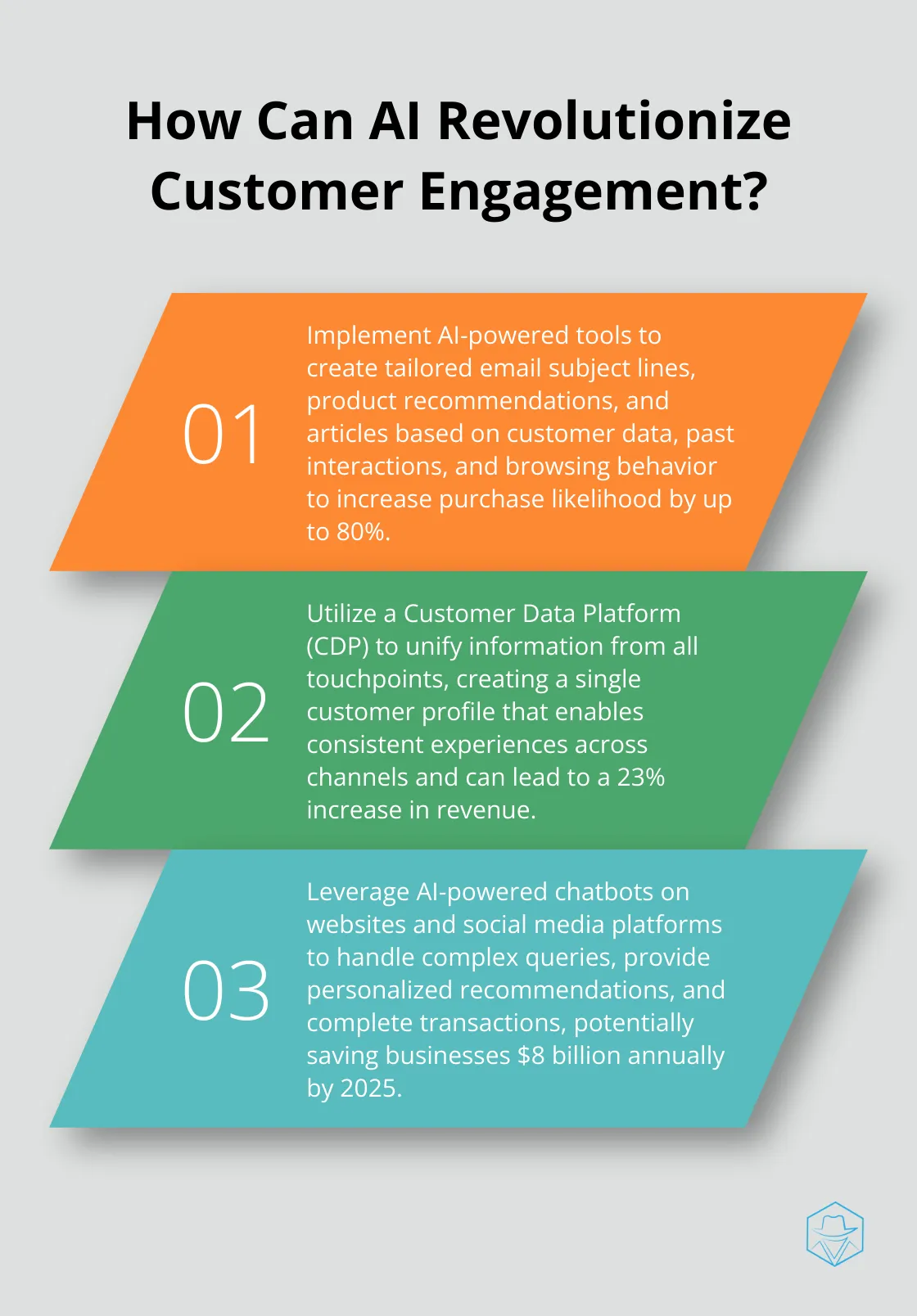
Businesses need to synchronize data across touchpoints, develop consistent messaging, and implement cross-channel attribution models. These actions will create seamless customer experiences that drive loyalty and growth. AI-powered chatbots, predictive lead scoring, and automated customer journey mapping will transform how companies interact with their audience.
At Drop Cowboy, we help businesses stay ahead with our advanced communication platform. Our technology enables personalized voice messages and SMS campaigns that resonate with audiences. The future of marketing is automated, personalized, and intelligent – businesses that embrace these strategies will lead the way.
blog-dropcowboy-com
Related posts

March 29, 2025
B2B Marketing Automation: Driving Business Growth
Boost business growth with marketing automation for B2B. Explore strategies, drive efficiency, and enhance ROI through automated marketing solutions.

March 4, 2025
Understanding Text Marketing Laws and Regulations
Navigate text marketing laws effectively. Learn essential guidelines, ensure compliance, and protect your business while communicating through texts.

March 6, 2025
Choosing the Best Ringless Voicemail Software
Choose the best ringless voicemail software with expert tips, key features, and real data for seamless communication.

March 8, 2025
Marketing Strategy: Text and Cases Explained
Explore effective marketing strategy text and cases. Discover practical tools and insights for successful campaigns with real-world examples.

March 28, 2025
Becoming a Successful Marketing Automation Strategist
Master tactics to become a successful marketing automation strategist and boost your campaigns with real-world insights and effective strategies.

March 21, 2025
AI in Marketing Automation: Transforming Customer Engagement
Explore how AI in marketing automation is reshaping customer engagement by boosting personalization, efficiency, and driving growth rapidly.